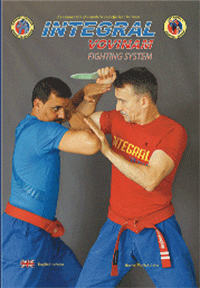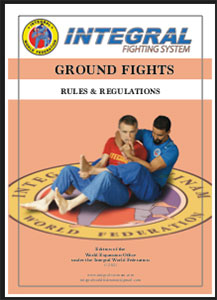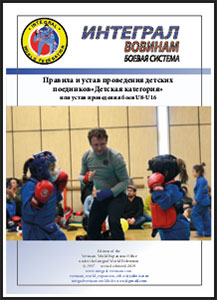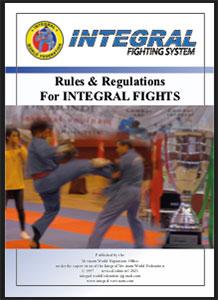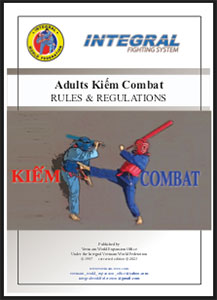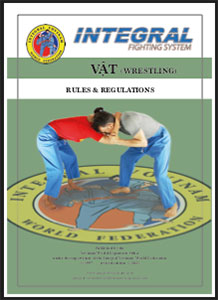|
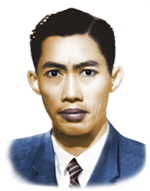 In Vietnam, at the beginning of the years 1930's, a young Vietnamese patriot, with a very advanced spirit for his time, was convinced that to beat the French and conquer newly the independence, Vietnam needed strong and courageous citizens. To support the young revolution members in their way to victory, he decided to create a pugilistic association for the Vietnamese youth, taking advantage of the gymnastic program created by the French Colonialists. This young man was Master Nguyen Loc. In Vietnam, at the beginning of the years 1930's, a young Vietnamese patriot, with a very advanced spirit for his time, was convinced that to beat the French and conquer newly the independence, Vietnam needed strong and courageous citizens. To support the young revolution members in their way to victory, he decided to create a pugilistic association for the Vietnamese youth, taking advantage of the gymnastic program created by the French Colonialists. This young man was Master Nguyen Loc.
Heir of the art of Vietnamese wrestling (the Vật) taught in his family, he did not feel satisfied with this legacy and traveled throughout the country in search for the essence of the Võ, with more efficient techniques than the Traditional wrestling. Eventually, in 1938, after having learned the techniques he needed to complete his analysis and his synthesis, he systemized everything with a new form, while exposing fundamental principles and teaching methods.
He called his synthesis "Vovinam" (abbreviation of "Võ Việt Nam": Vietnamese martial art). That is how was officially presented in Hanoi, in 1938, the Vovinam martial art, almost 20 years before the taekwondo was founded in Korea. The main and futurist concept of Vovinam ws to gather efficient techniques coming from many styles, included styles from foreign countries. Vovinam was not a "traditionnal" Martial Art, but a brand new form: a Mixed Martial Art, already in 1938.
In 1940, the Vovinam participated in the first Sport Seminar organized by the French Colonialist Government (Ducoroy), and this program was created to avoid the young Indochinese to sign-in the resistance troops. As soon as Vovinam appeared, it was quite well appreciated by the population and well considered by the colonialist government. Two years later, after noticing many revolution members had followed the Vovinam courses, the French government forbade it.
In 1945, from the first days of independence, the Vovinam organized self-defense courses in the capital, Hanoi, with a new motivation: to learn the Võ for the Resistance. Thousands of young students and workers participated to these courses. The government of the French Metropolis refused the Declaration of Independence of Vietnam, proclaimed the same year by Mister Ho Chi Minh, and entered in a conflict that would last almost 10 years. Until the Battle of Dien Bien Phu, in which French were defeated by Vietnamese, ending with the Indochina War, in 1954.
|


![]()
![]()
 In Vietnam, at the beginning of the years 1930's, a young Vietnamese patriot, with a very advanced spirit for his time, was convinced that to beat the French and conquer newly the independence, Vietnam needed strong and courageous citizens. To support the young revolution members in their way to victory, he decided to create a pugilistic association for the Vietnamese youth, taking advantage of the gymnastic program created by the French Colonialists. This young man was Master Nguyen Loc.
In Vietnam, at the beginning of the years 1930's, a young Vietnamese patriot, with a very advanced spirit for his time, was convinced that to beat the French and conquer newly the independence, Vietnam needed strong and courageous citizens. To support the young revolution members in their way to victory, he decided to create a pugilistic association for the Vietnamese youth, taking advantage of the gymnastic program created by the French Colonialists. This young man was Master Nguyen Loc. 
